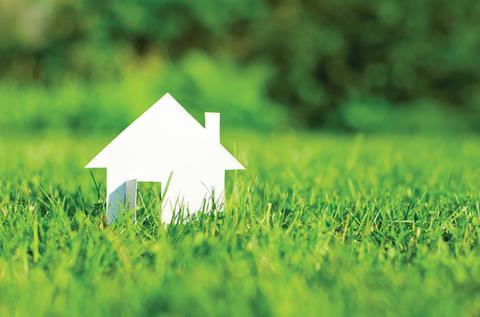This week sees world leaders, civil society and the finest climate scientists descend on Katowice, the coal capital of Poland, for COP24, the United Nation’s climate conference.

The ambitions for the week are lofty - and rightly so. Nations are frantically trying to finalise the commitments laid out in Paris in 2015 and many are calling for greater urgency in carbon emissions as a year of record heat, huge hurricanes and raging wildfires draws to an end.
Environment Secretary Michael Gove fittingly chose this week to announce the launch of a consultation on mandating a “biodiversity net gain” in the development process. Such a requirement would mean developers would have to assess a site before breaking ground, and put forward a detailed plan to the local authority on how their project would add to the biodiversity of the area. By mandating a “biodiversity net gain”, the onus of development would be extended from enhancing the lives of both individuals and communities, to the lives of non-human species too.
Find out more - Government moots new biodiversity requirements for developers
Many developers are following these type of programmes voluntarily, because they see the inherent value of protecting nature, but making such a process mandatory would raise standards and - most importantly - change behaviour throughout the entire built environment.
More importantly, it would emphasise the responsibility we have as a sector to act in the face of climate change and stand up for the natural world. The built environment in the UK is a hugely carbon-intensive industry, and reducing our carbon footprint requires a monumental rethink of how we design, deliver and manage buildings.

We need greater life-cycle thinking, where a building’s long term environmental, economic and social impacts influence its design and delivery. What’s more, our industry must drive down carbon emissions in every way available, from squeezing waste out of the construction supply chain to turning concrete into a carbon sink, as the Canadian start-up CarbonCure are doing.
Finally, investing in good design reaps dividends for the environment too. Creating buildings that are good quality, aesthetically robust and built to be flexible to adapt to the changing needs of its users will help us shed this ‘build new’ attitude unless we really need to. Sustainable architecture is not just about cutting carbon emissions but also creating buildings that can stand the test of time on a cultural level. As developers, we should strive to create future heritage, legacy buildings that we know will be embraced by generations to come.
Gove’s green push is welcome and needed, but it must be the start of a bigger rethink of how we design and build that commands every aspect of the development supply chain. And when it comes to climate change, the sooner we act, the better.





























No comments yet